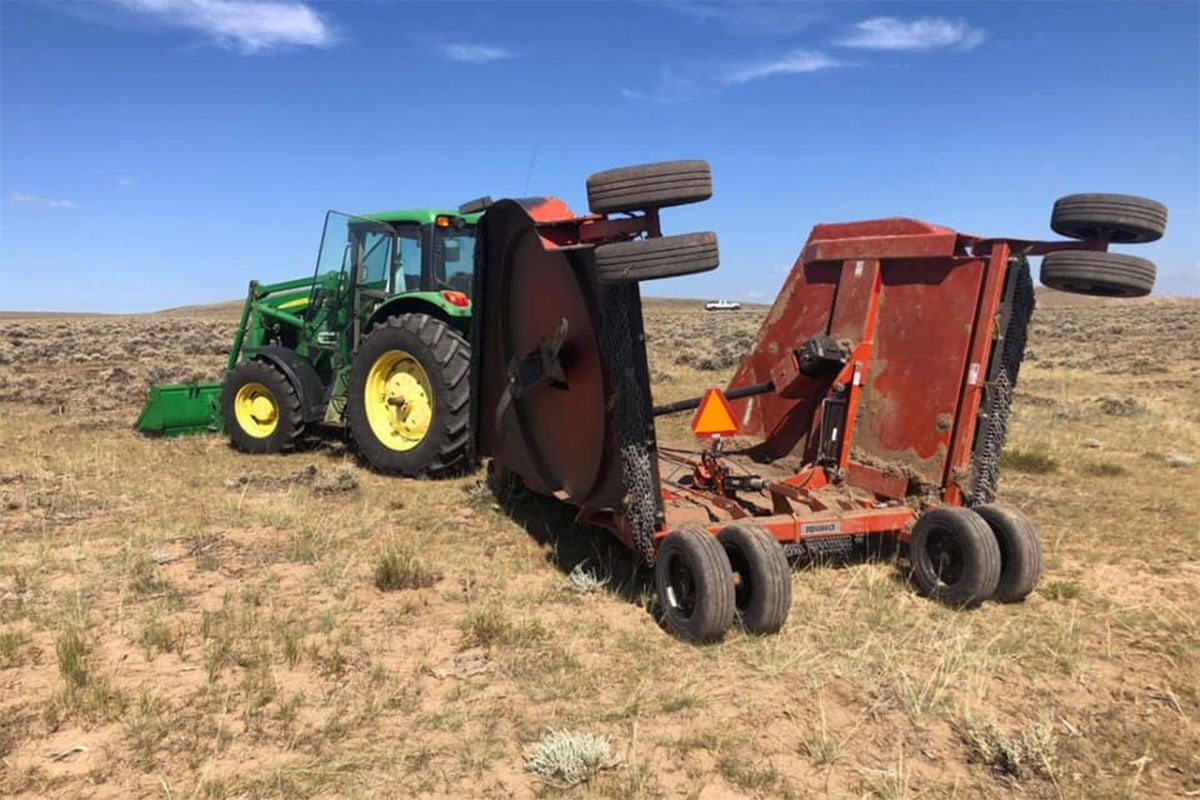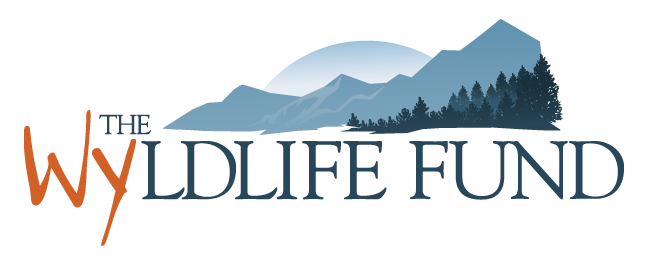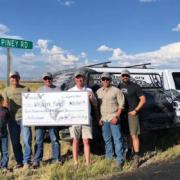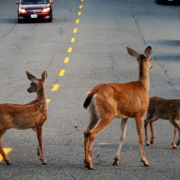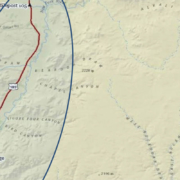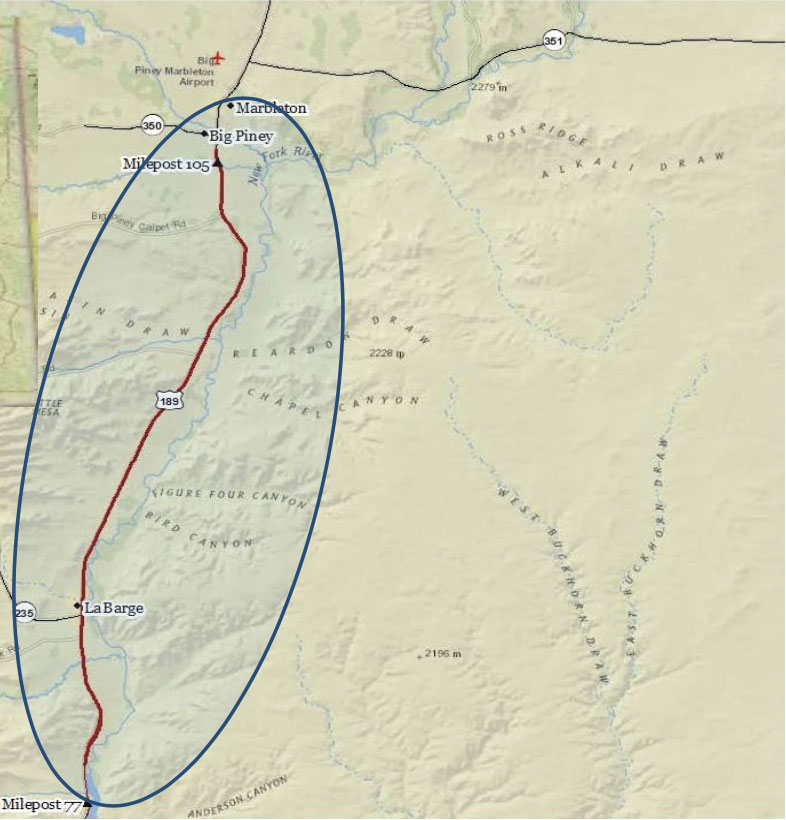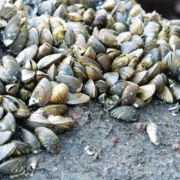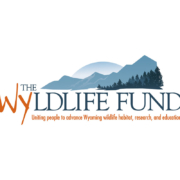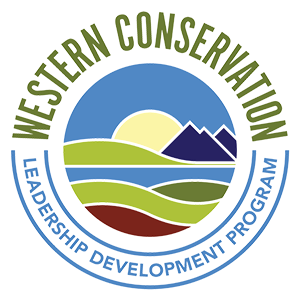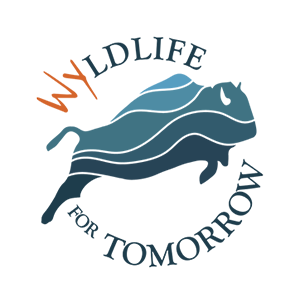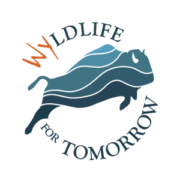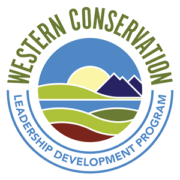The WYldlife Fund sends $20,500 to the Dry Piney Wildlife Crossing Project thanks to partnership with the Upper Green River Chapter of Muley Fanatics
Organizations stand beside Game and Fish Commission to prioritize safe passages.
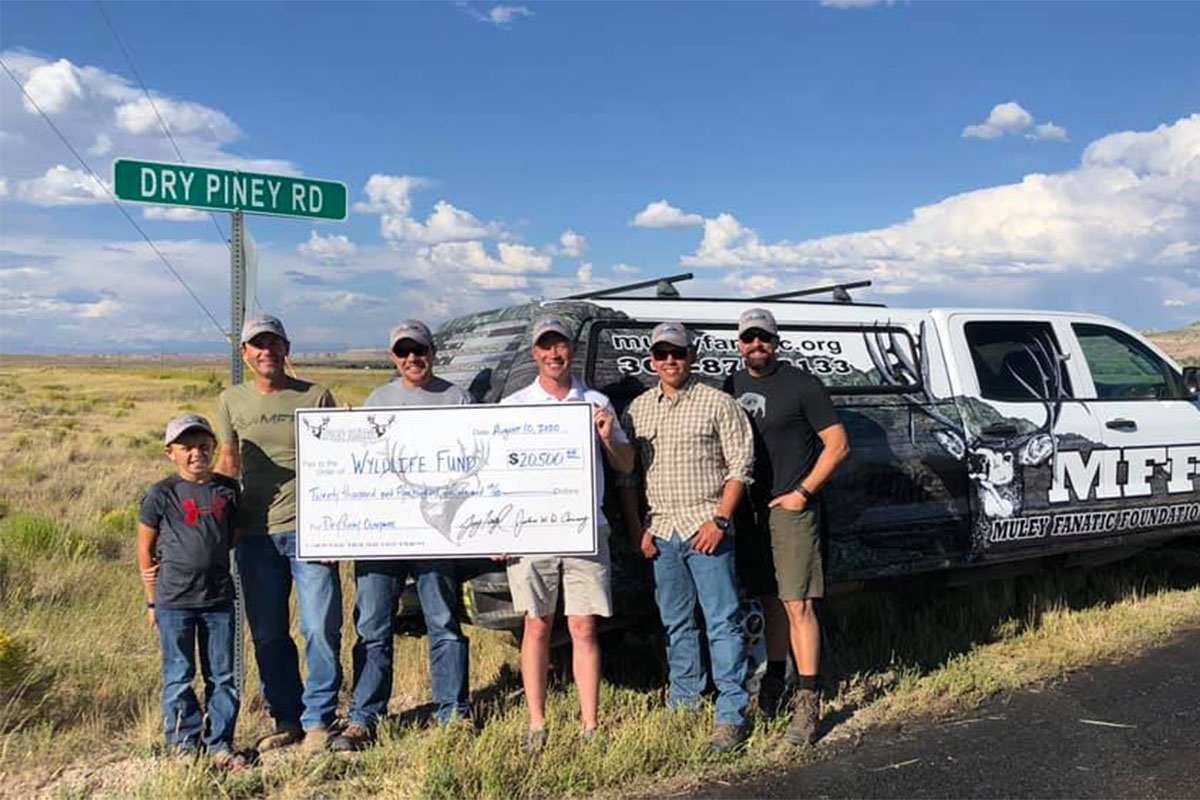
The Muley Fanatic Foundation has enthusiastically delivered a check for $20,500 to The WYldlife Fund in order to make the Dry Piney Wildlife Crossing a reality. This project meets a major need in keeping our wildlife and drivers on the go. It has been shown that 85% of wildlife collisions are with mule deer.
Chairman of the Upper Green River Chapter Mitch Kannier explains, “The Dry Piney Project is only inches away from being completely funded. This project undoubtedly will make our roadways safer for our families and wildlife. We are proud to partner with the newly founded The WYldlife Fund to route these dollars to this much needed project. This project will deliver instant roadway safety, positive wildlife results and migration corridor protection.”
There have been 26,491 big game animals killed across the state of Wyoming in the past 5 years. This includes species such as elk, moose, deer and antelope. Research has shown that 18.9% of all highway crashes in Wyoming involve wildlife. The Dry Piney area is ranked 3rdout of 42 hot spots for wildlife crashes identified in the state of Wyoming.
In accepting this gift, The WYldlife Fund President Mike Schmid expressed the Fund’s commitment to supporting Wyoming’s wildlife and promoting safety on roadways for all drivers.
“Wildlife crossings are an effective way to make a direct and positive impact on Wyoming’s wildlife. Pairing underpasses and overpasses with high fencing can reduce wildlife collisions by 90%. The WYldlife Fund is a vehicle to route dollars to on the ground projects which will strengthen and advance our wildlife. We are proud to partner with Muley Fanatics and stand ready to continue our mission of collaboration with other great organizations well into the future,” Schmid said.
Muley Fanatics Co-Founder Joshua Coursey stated, “We are proud and humbled that our donors have made this gift possible. We take stewardship of donor funds to the highest level and believe that this project will not only save wildlife but also keep our loved ones that much safer. We know that per big game collision in Wyoming there is an average of $11,600 in injury and property damage costs.”
“Pairing the recent mowing project which improved visibility and habitat along Highway 189 and the Dry Piney Project being just around the corner will mean improvement of Wyoming’s wildlife in a big way,” said Upper Green River Chapter Co Chairman Zachary Key.
“We live in one of the strongest communities in the state and I am proud to be able to give back to it. We also encourage community members to purchase conservation plates through WYDOT as these funds will help build wildlife crossing projects across Wyoming,” concluded Upper Green River Chapter Co Chairman Ray Alexander.
The WYldlife Fund will send the gift of $20,500 to the Dry Piney Project via the Wyoming Wildlife Natural Resource Trust. This will ensure that even further matching funds from the state of Wyoming will be applied to this gift in order to complete additional wildlife initiatives in the future.
